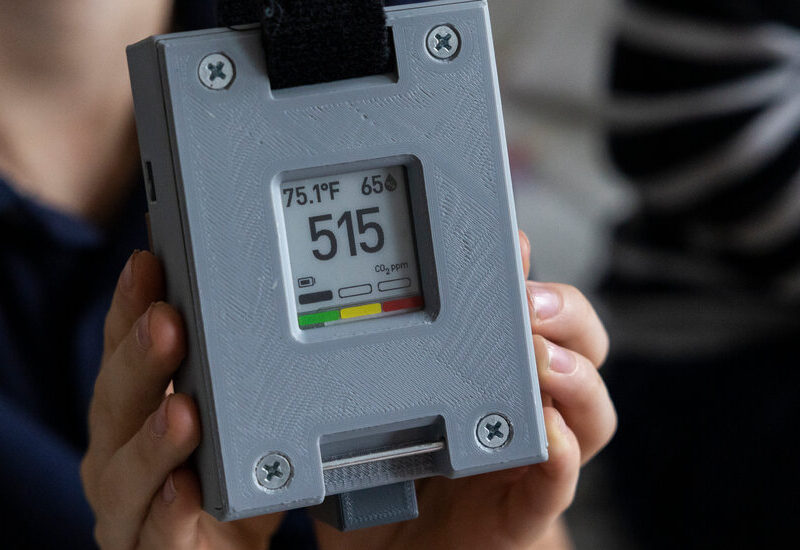Read Original Article Here
When Lizzie Rothwell, an architect in Philadelphia, sent her son to third grade this fall, she stocked his blue L.L. Bean backpack with pencils, wide-ruled paper — and a portable carbon dioxide monitor.
The device gave her a quick way to assess how much fresh air was flowing through the school. Low levels of CO2 would indicate that it was well ventilated, reducing her son’s odds of catching the coronavirus.
But she quickly discovered that during lunch, CO2 levels in the cafeteria rose to nearly double those recommended by Centers for Disease Control and Prevention. She shared what she’d learned with the principal and asked if students could eat outside instead.
Read Original Article Here


